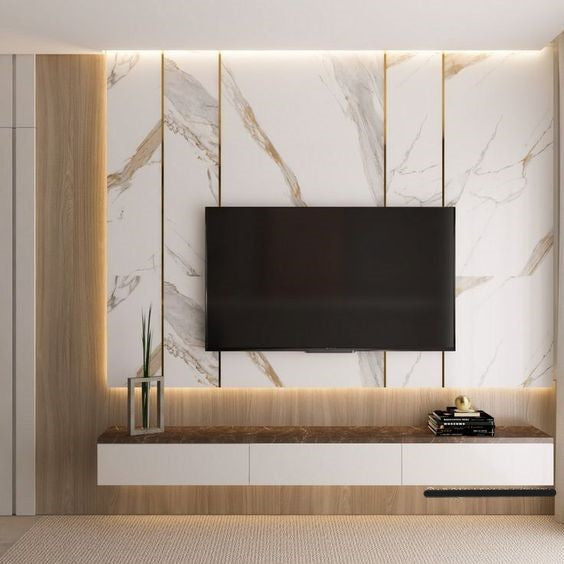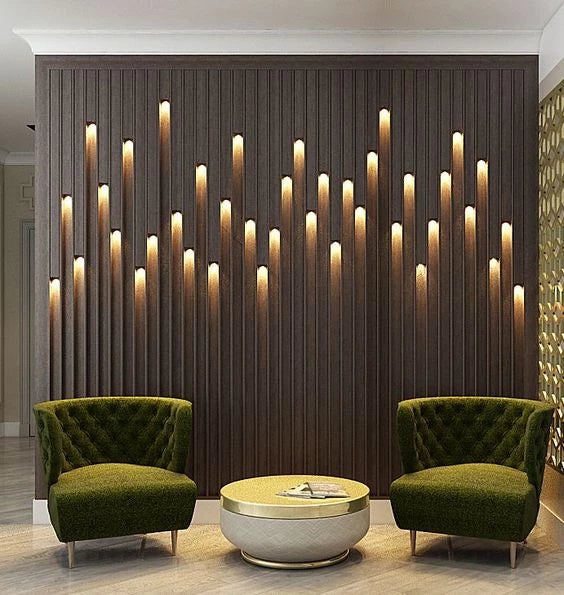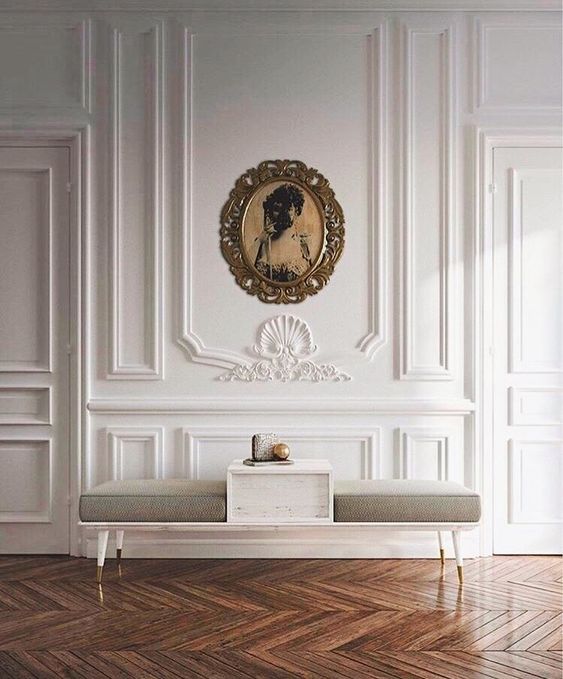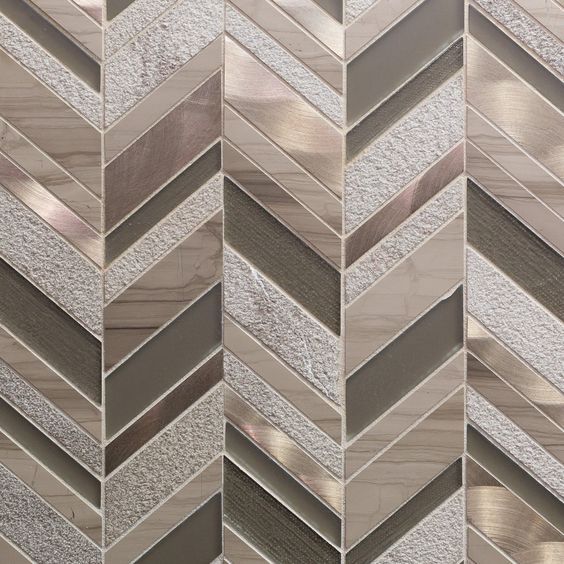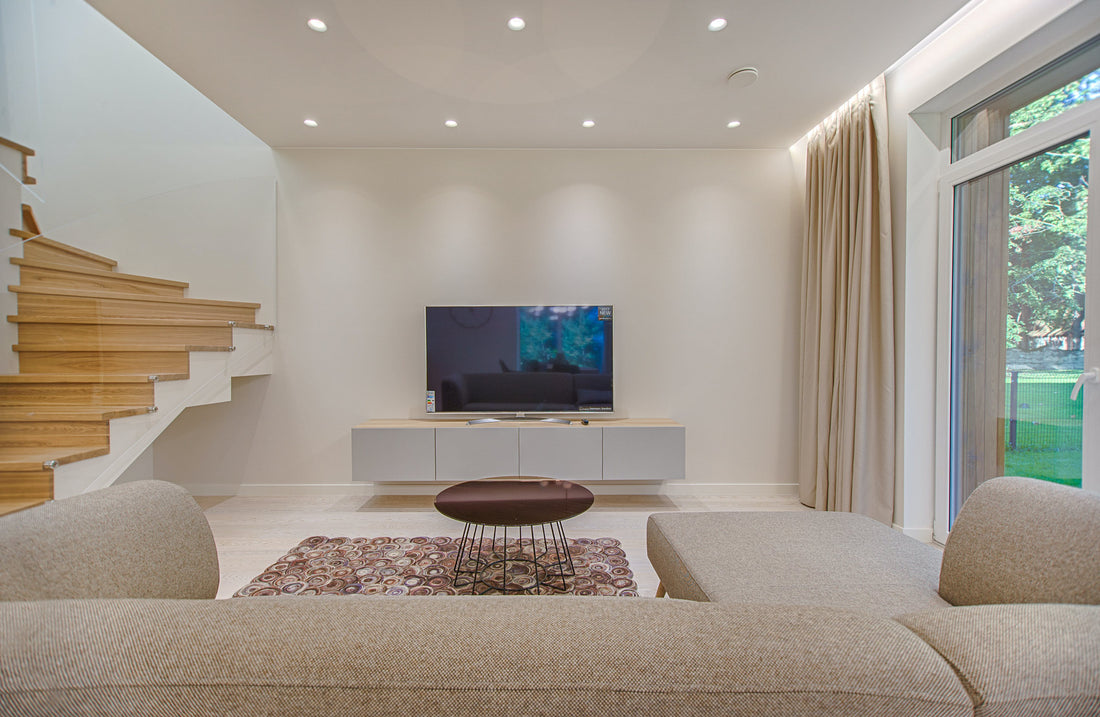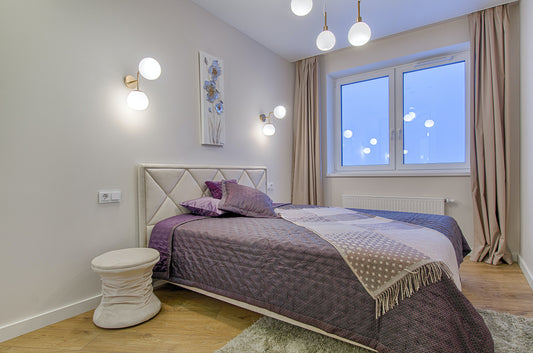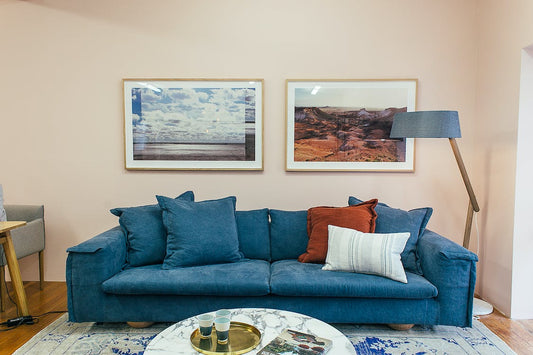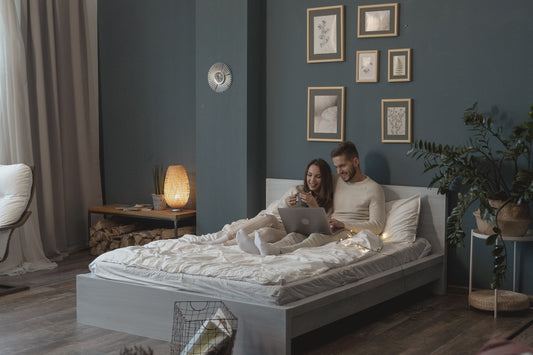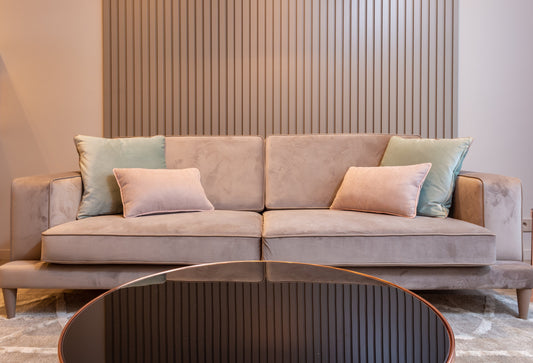Home interior design plays a pivotal role in creating living spaces that are not only functional but also aesthetically pleasing. It involves the artful arrangement of furniture, colors, and decor to enhance the overall atmosphere and mood of a home. At the core of this design process lies the concept of lighting, a crucial element that can significantly influence the ambiance of any space. Lighting, whether natural or artificial, is not merely a practical consideration but a powerful tool in shaping the visual and emotional experience within a home. This article delves into the profound impact of lighting on home interior design, exploring its various facets and demonstrating how it can transform a space into a harmonious and inviting environment.
Understanding Lighting Types 
In the realm of home interior design, natural lighting is often heralded for its ability to create a sense of openness and connection to the outdoors. The benefits are vast, ranging from improved mood and productivity to reduced energy consumption. However, harnessing natural light comes with its challenges, such as the inconsistency of sunlight and potential privacy concerns. This is where artificial lighting steps in, offering a versatile solution. Artificial lighting comes in various forms, including ambient, task, and accent lighting, each serving specific purposes.
The strategic placement of fixtures can define the mood of a room, highlighting architectural features or providing focused illumination for various activities. Choosing the right fixtures is paramount, as they not only illuminate but also contribute to the overall design aesthetic, seamlessly integrating with the surrounding decor. Understanding these lighting types is essential for achieving a well-balanced and visually appealing home interior design.
Creating Atmosphere and Mood 
Lighting plays a pivotal role in shaping the atmosphere and mood of a living space. The way light is distributed and its intensity can significantly impact the perception of space. Well-designed lighting can make a room feel larger, more inviting, or cozy depending on the desired ambiance. For instance, strategic placement of fixtures can create focal points, drawing attention to specific areas and giving a sense of depth to the overall space.
In addition to the distribution of light, the color temperature of lighting contributes to the overall ambiance. Warm tones, such as those resembling natural sunlight, evoke a sense of comfort and coziness. On the other hand, cool tones create a more energetic and modern atmosphere. Matching the color temperature of lighting to the room's function is crucial. Warm tones are often preferred in bedrooms and living rooms to promote relaxation, while cool tones are suitable for task-oriented spaces like kitchens or home offices.
Enhancing Design Elements 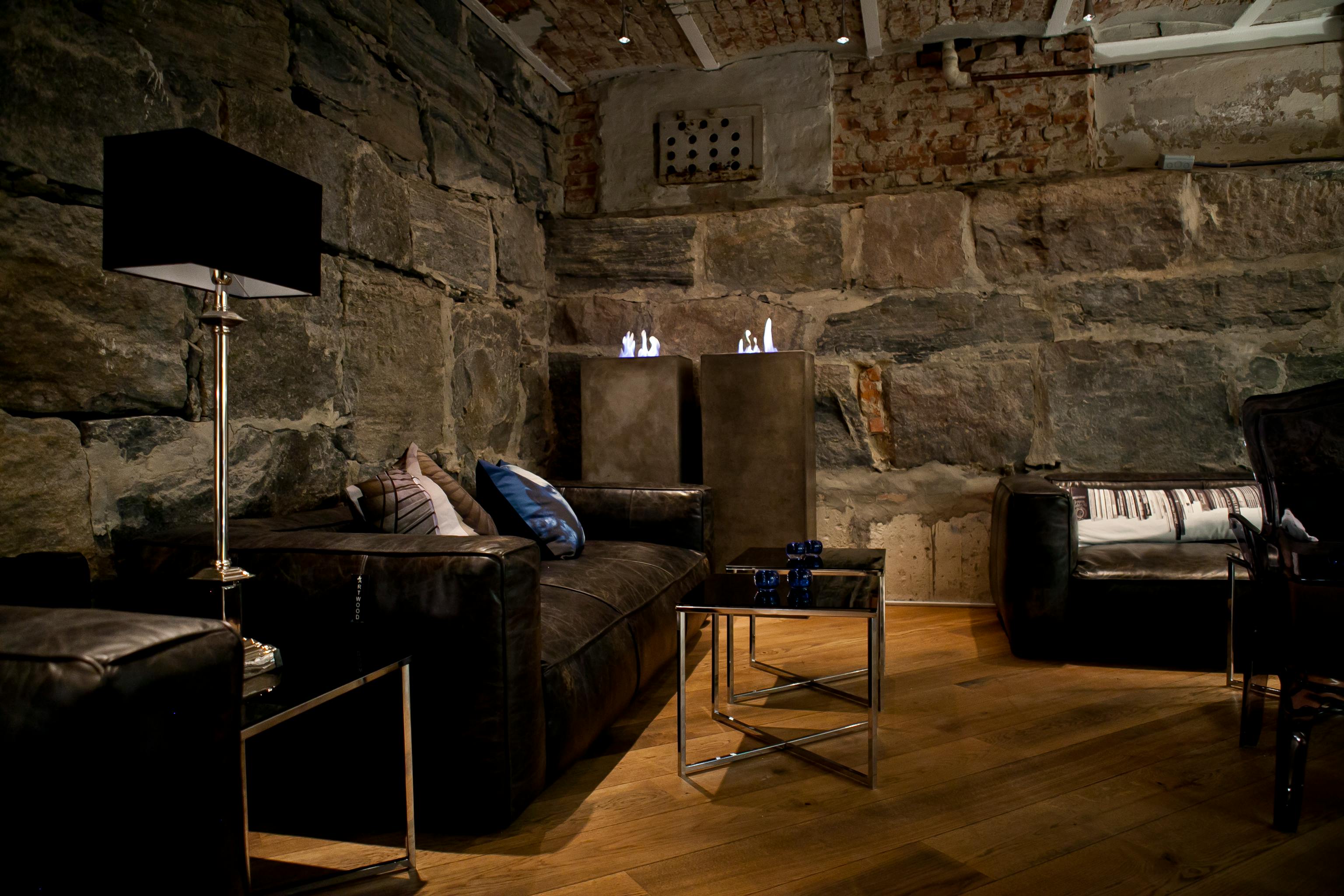
Lighting serves as a powerful tool for enhancing various design elements within a home. Architectural features can be highlighted and brought to life through well-placed lighting. Whether it's a unique ceiling design, a decorative wall, or an intricate molding, targeted lighting draws attention to these features, adding depth and character to the overall design.
Moreover, lighting is instrumental in emphasizing furniture and decor. By strategically illuminating key pieces, such as artwork or statement furniture, a room's aesthetic appeal is elevated. Lighting can also be integrated as a design element itself, contributing to the overall aesthetic of the space. Trendy fixtures and designs, such as pendant lights with unique shapes or LED strips that add a futuristic touch, have become increasingly popular for their ability to merge functionality with style, making them an integral part of contemporary interior design.
Energy efficiency and sustainability 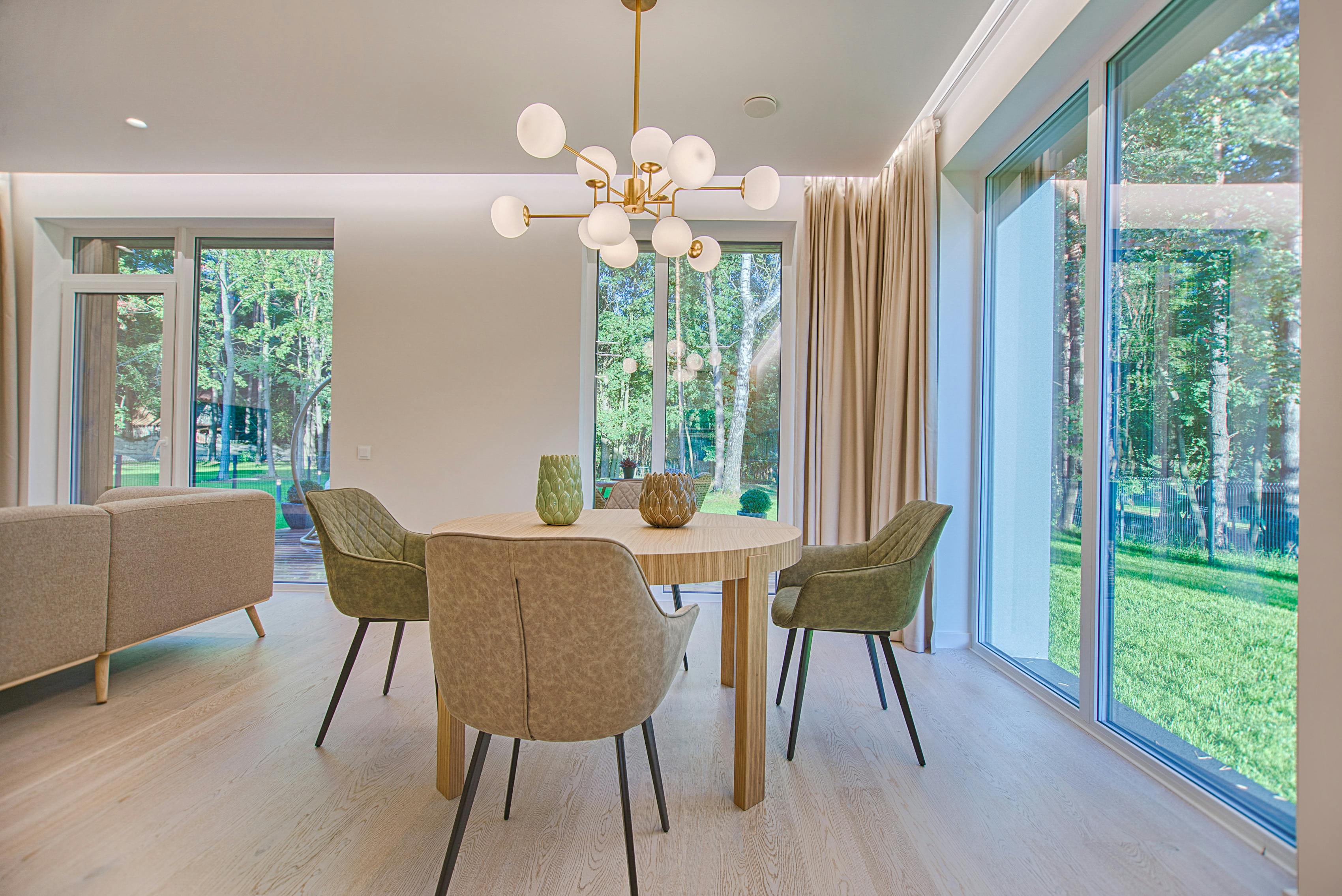
Energy efficiency and sustainability have become crucial considerations in contemporary home interior design. The importance of energy-efficient lighting cannot be overstated, as it not only reduces electricity consumption but also contributes to environmental conservation. Homeowners and designers are increasingly recognizing the need for lighting solutions that minimize carbon footprints and lower energy bills, aligning with broader sustainability goals.
LED technology stands out as a pivotal player in sustainable home design. Light Emitting Diodes (LEDs) are known for their energy efficiency, longevity, and versatility. Compared to traditional incandescent and fluorescent bulbs, LEDs consume significantly less energy, have a longer lifespan, and contain fewer hazardous materials. The role of LED technology in sustainable home design goes beyond energy efficiency; it allows for creative and aesthetic lighting designs that enhance the overall ambiance of a space. With the ability to produce various color temperatures and lighting effects, LEDs provide designers with a versatile toolkit to balance aesthetics with environmental considerations.
Conclusion
The transformative influence of lighting on home interior design is multi-faceted and extends beyond the realms of aesthetics. Energy-efficient lighting, especially with the adoption of LED technology, not only aligns with the imperative of sustainability but also underscores a responsible approach to resource consumption. As we recapitulate the profound impact of lighting, it becomes evident that a well-considered lighting scheme contributes significantly to the creation of a cohesive and inviting living space. By prioritizing energy efficiency and balancing aesthetics with environmental considerations, homeowners and designers alike can shape interiors that are not only visually appealing but also environmentally conscious. As we move forward, let us encourage a continued dialogue on the importance of lighting in the broader context of sustainable home design, fostering a mindful and responsible approach to the spaces we inhabit.

